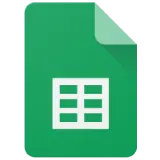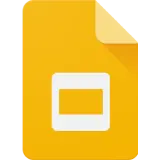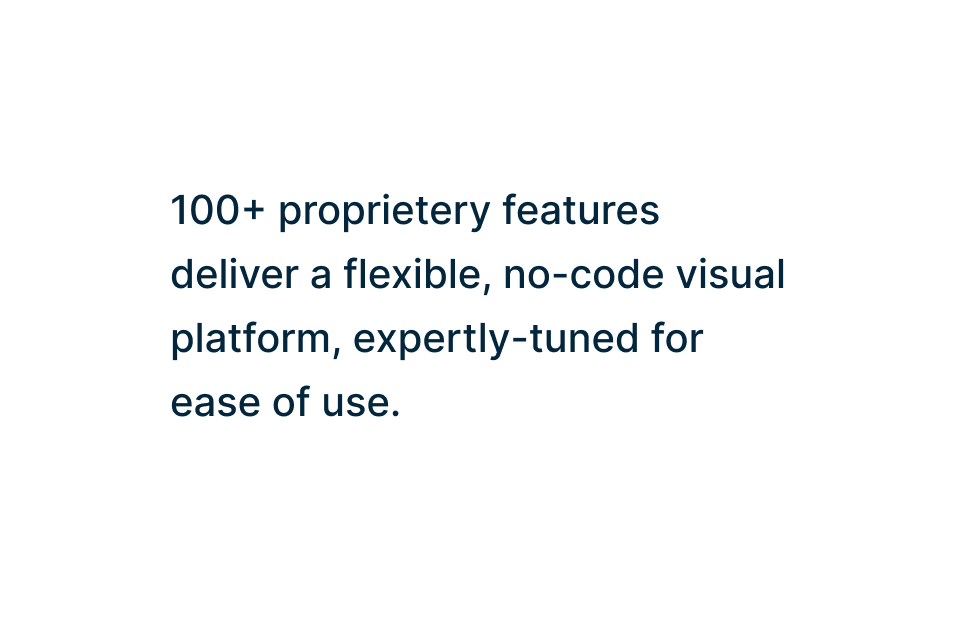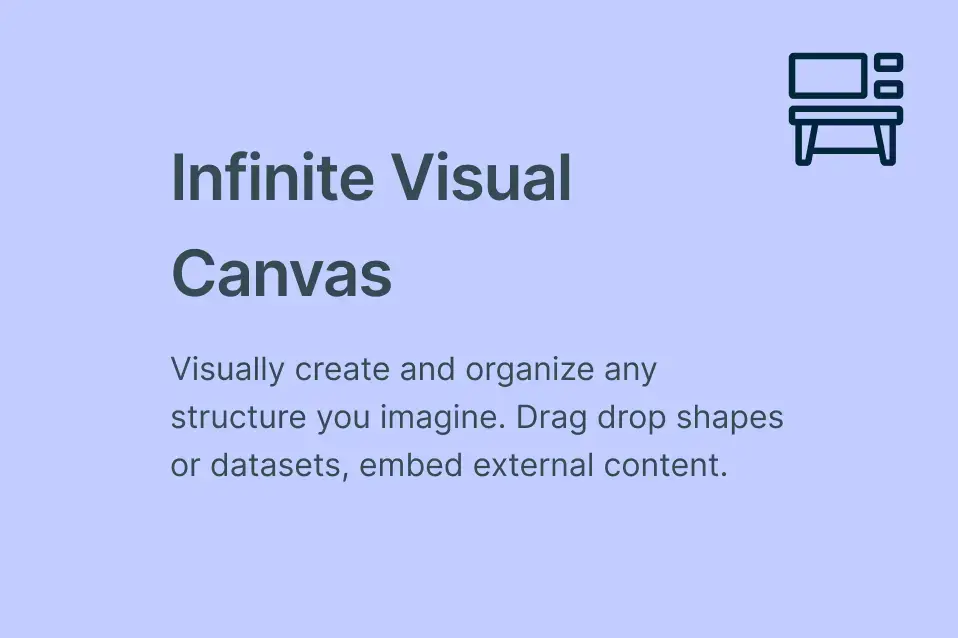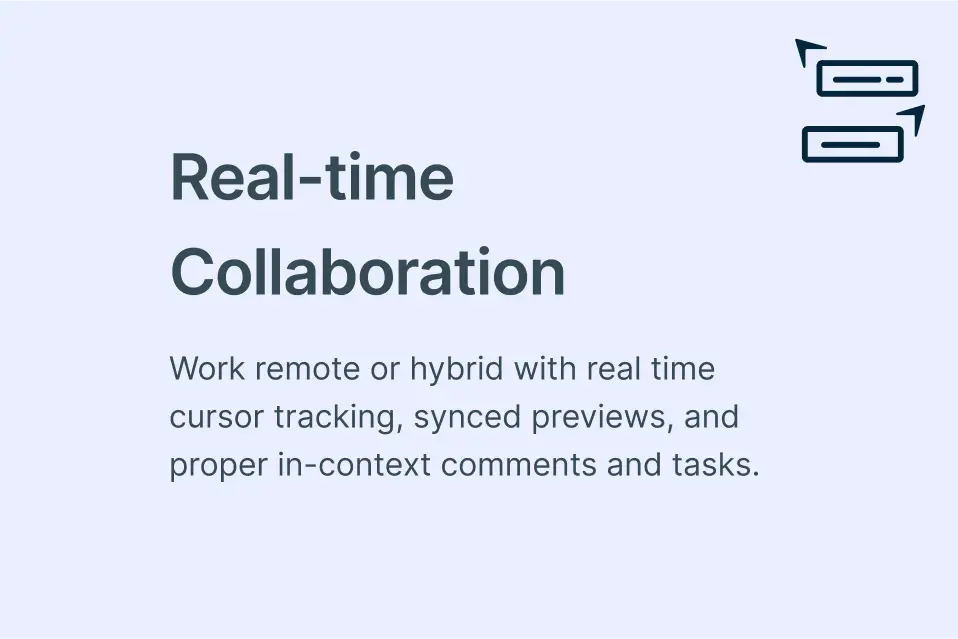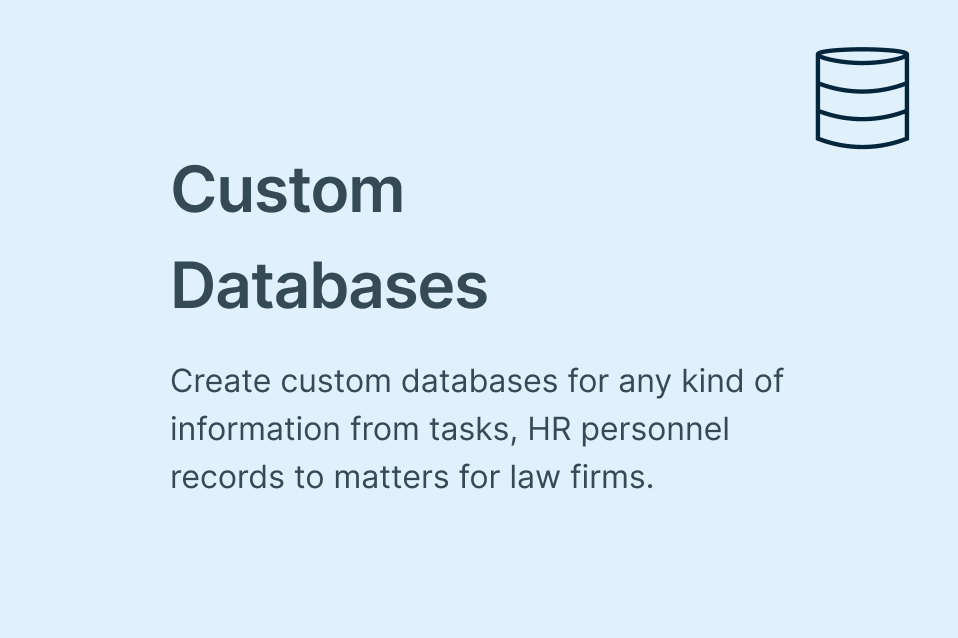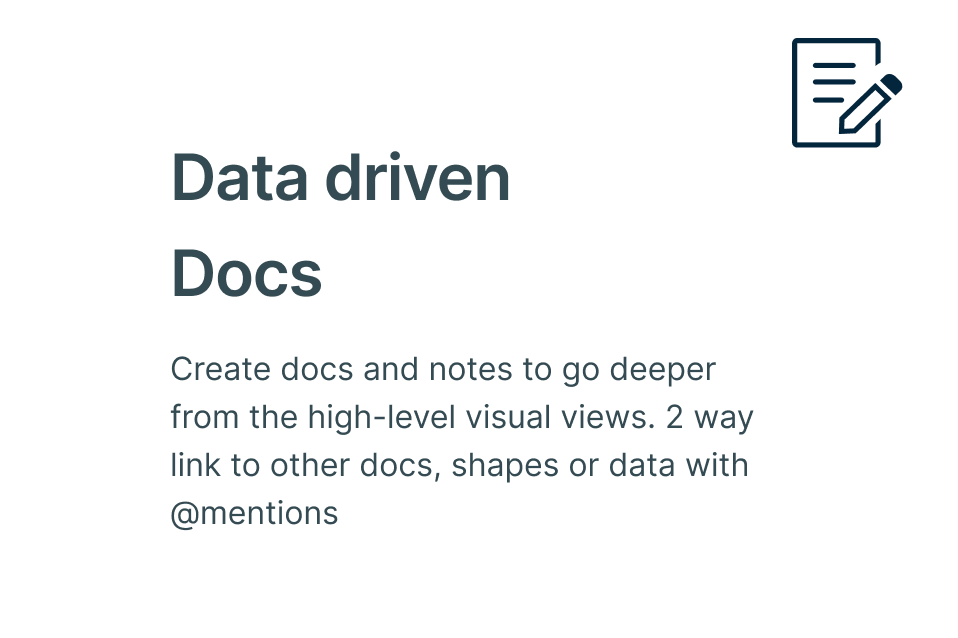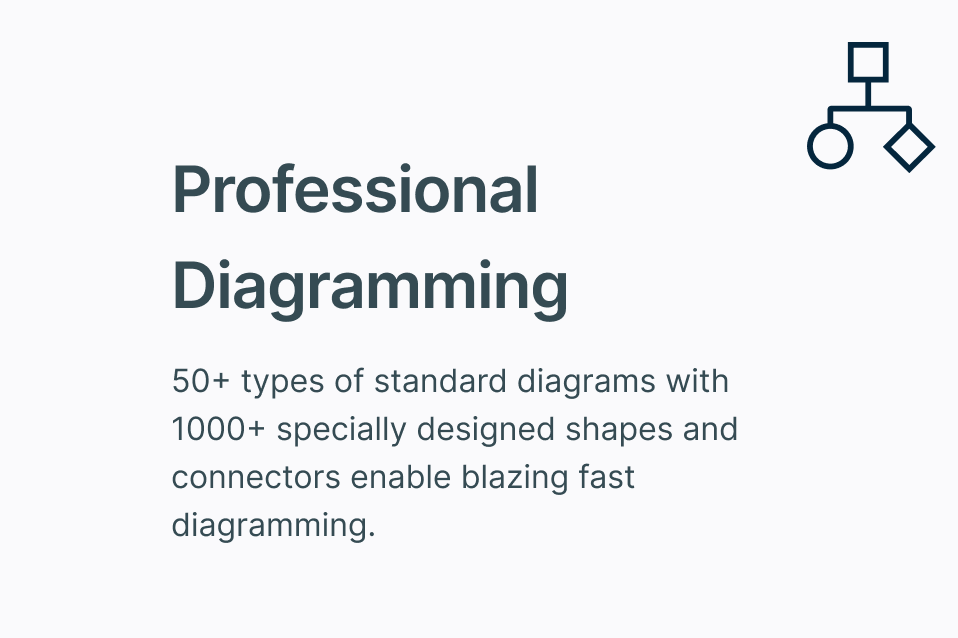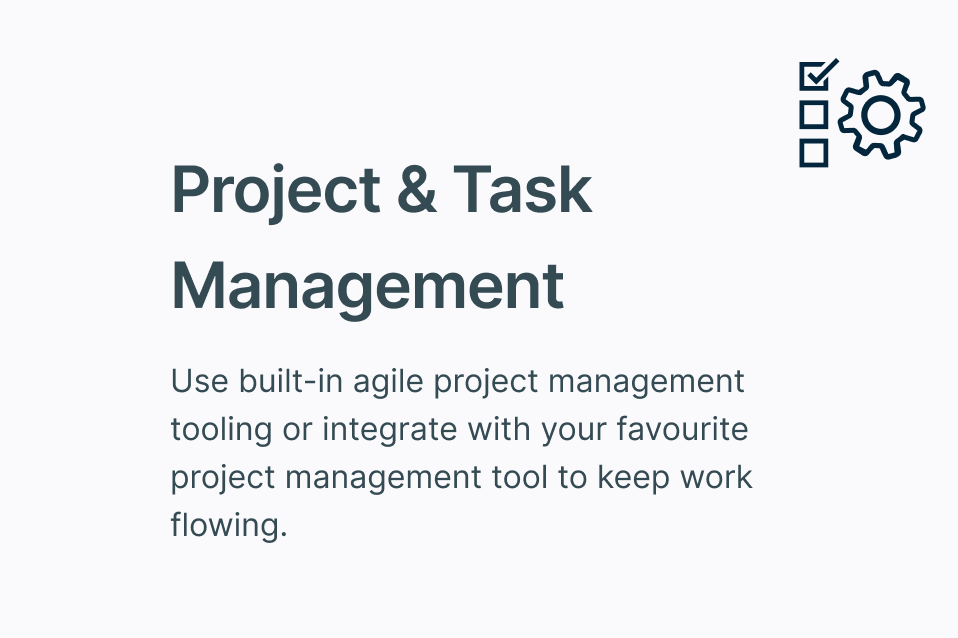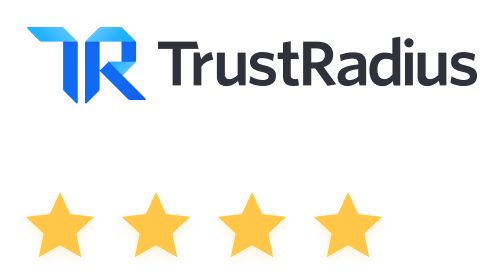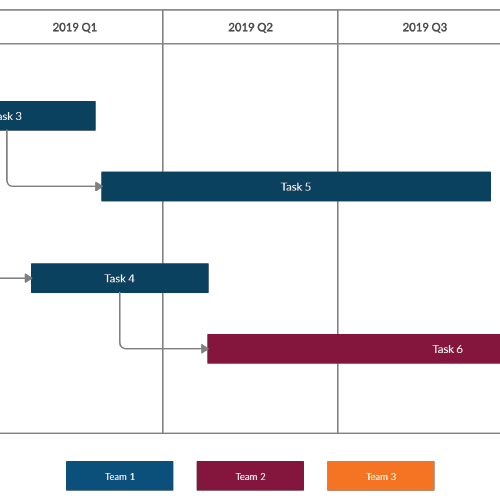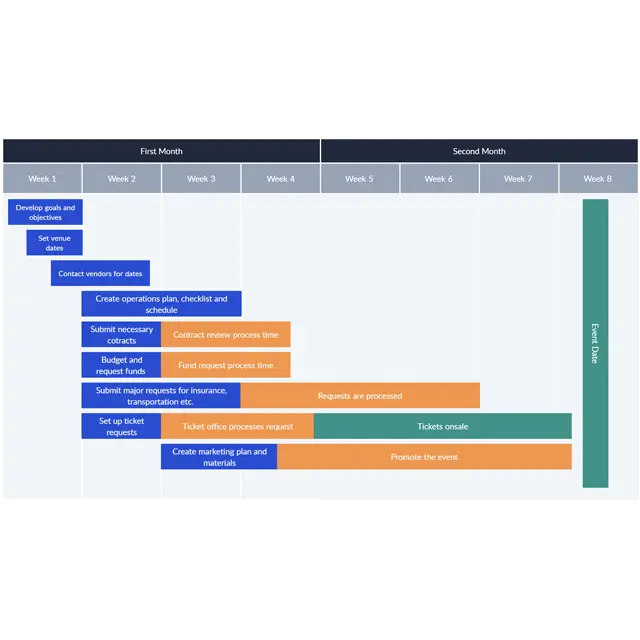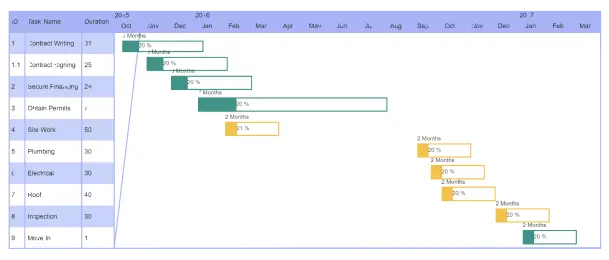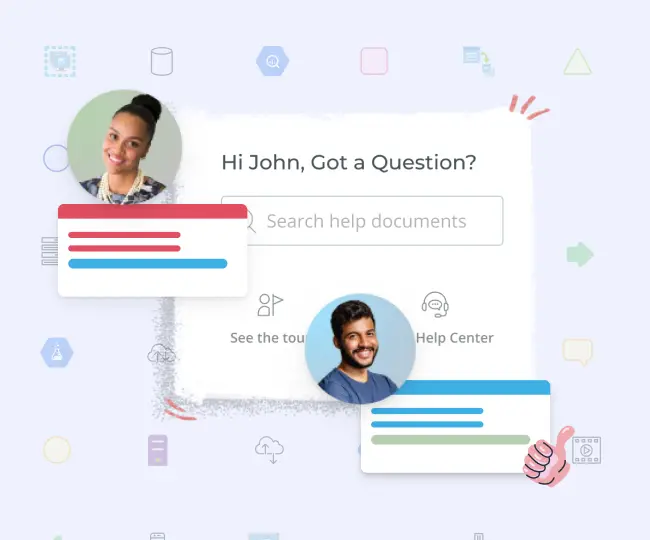Gantt Chart Maker
Visualize Project Timelines
Create timelines for any event; track and analyze your team’s projects and tasks from start to finish with Creately’s Gantt chart maker.
Visualize your entire project on a single canvas
Real-time collaboration for planning and feedback
Style and customize Gantt charts easily
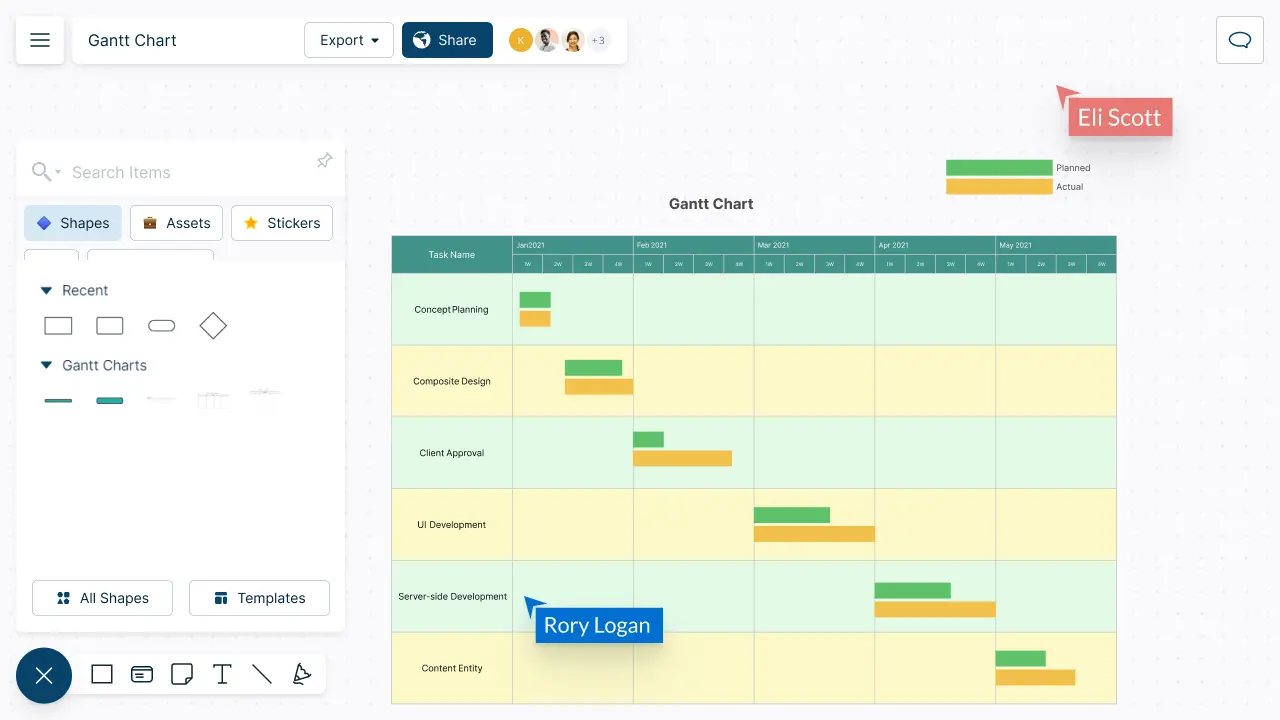
- Visualize your entire project on a single canvas
- Real-time collaboration for planning and feedback
- Style and customize Gantt charts easily

Over 10 Million people and 1000s of teams already use Creately

How to make a Gantt Chart?
Align Efforts and Keep Projects on Track
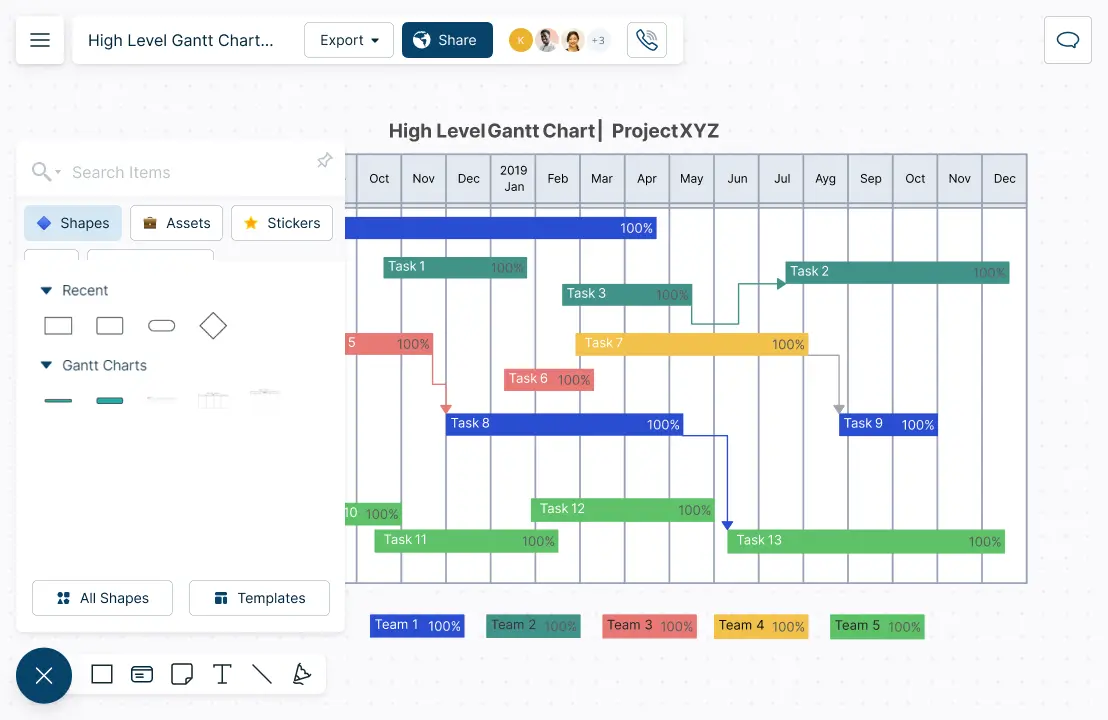
Build a working project plan by drawing it!
Drag-and-drop items to organize, actual tasks are updated automatically.
Combine with Kanban boards, priority grids or brainstorming tools to stay synced.
Add notes and attachments to tasks and milestones for additional context.


Visualize Your Project - Your Way

Build presentation-ready project timelines by styling and arranging Gantt chart contents.
Use professional templates and designs to make Gantt charts the way you want.
Build snapshots of project schedules while keeping in sync with the main project timeline.
Supercharge Meetings and Make Collective Decisions
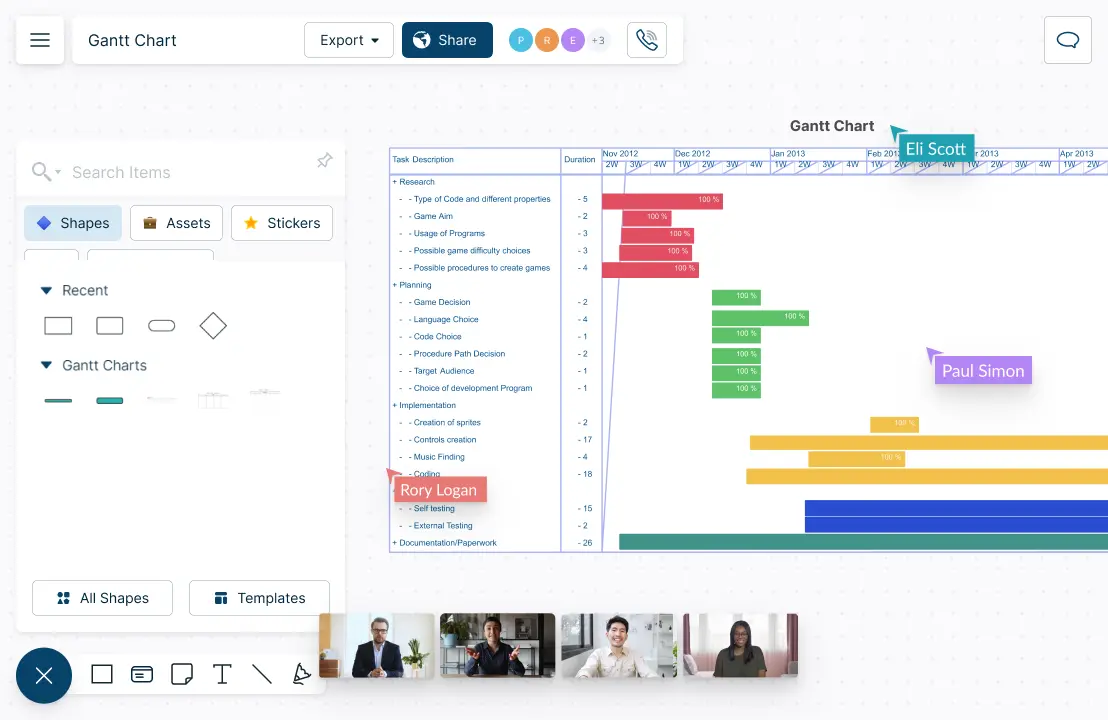
With real-time collaboration features, you’ll feel like you’re in the same room with your team.
Share, review and edit your Gantt chart with stakeholders using multiple access and role levels.
Collaborate on a shared canvas during meetings with Microsoft Teams, Slack, Zoom or Google Meet natively.
Keep track of changes or branch out from an earlier version with full version history.

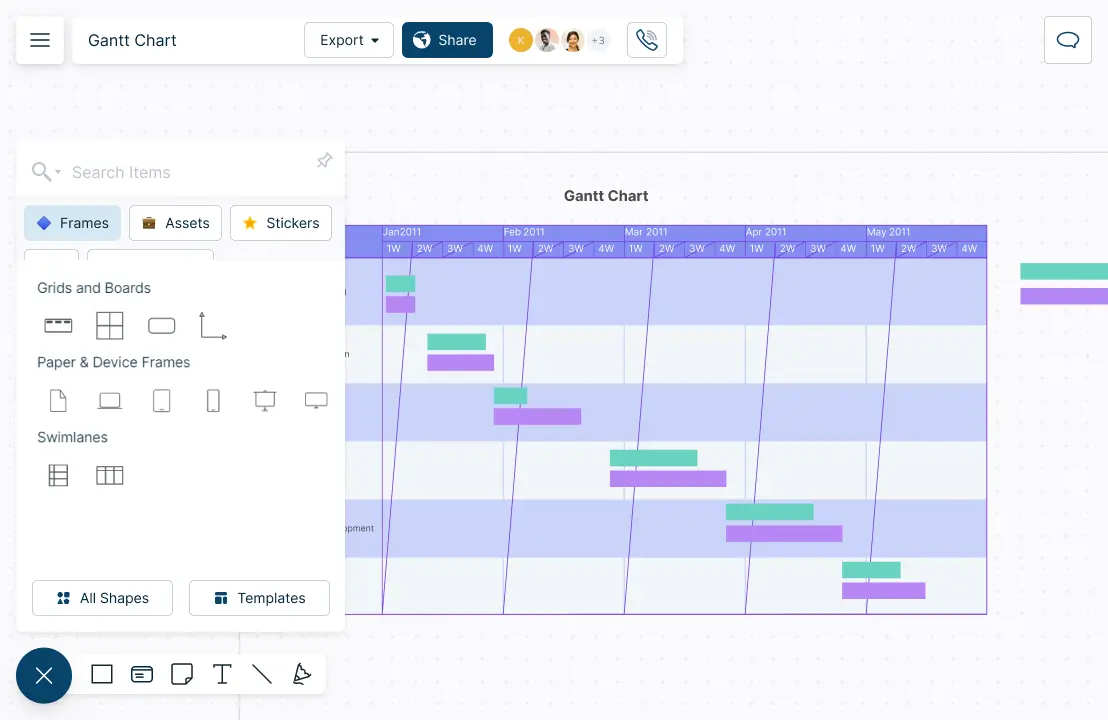
Faster, Smarter and More Transparent

Assign responsibilities, track progress and build workflows to action project plans.
Publish, present, print, or share your Gantt chart by exporting as SVGs, PDFs and PNGs.
Connect to your favorite tools with Creately plugins for Slack, Google Workspace, Confluence, and more.
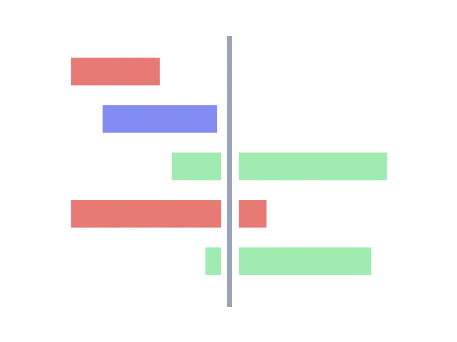
What is a Gantt Chart?
How to Create and Collaborate with Creately’s Online Gantt Chart Maker?
Start planning the project Gantt chart
To start planning your project Gantt chart, first define the project scope including goals, objectives, and deliverables with your team. Brainstorm and discuss using Creately Gantt chart maker’s whiteboarding and brainstorming tools. This allows everyone to have a clear understanding of the project timeline, the tasks that need to be completed, who is responsible for each task, and the status of the project.
Continue brainstorming
Continue brainstorming and prioritizing by breaking the project goals, objectives and deliverables into smaller, more manageable tasks with your teammates. For this you can also opt to create a work breakdown structure (WBS).
Identify dependencies between the tasks and activities
This can help teams to make more informed decisions on how to manage the project. Gather all information and resources related to the relevant tasks. Gantt charts are useful in identifying and resolving conflicts or dependencies between tasks. If there are two tasks that are dependent on each other, the team can identify how they are related and how they will impact each other. For example, certain tasks may need to be completed before others can start.
Figure out the timeline
Figure out how long it would take to complete each task before deciding on the project deadline, the milestones and the dependent factors.
Use the Gantt chart to identify potential issues and delays well in advance to avoid any lasting or delayed impacts to the project.
Bring all information together
Now you can create the Gantt chart. Use a template from Creately Gantt chart maker’s collection or create your own with tables, smart shapes, and color schemes based on your project requirements.
Draw a horizontal timeline based on the duration of the project. Create a column on the left to enter all tasks and include another column to enter the duration of each task. Generate an information key to easily identify all symbols on the Gantt chart.
Assign tasks and track progress
Assign tasks to each team member and start tracking the progress. Use smart notifications to see changes to the workspace and give permission to teammates to update project information.
Review and have regular meetups
As the project progresses, make sure to review the workspace regularly on Creately’s Gantt chart maker. Highlight completed tasks and look into any potential delays or issues. Ensure that everyone is on the same page and that the project is moving forward as planned.
Have regular meetings to discuss progress right on the Creately Gantt chart maker. Encourage team members to share their feedback with Creately’s in-line comments.
Create Your Gannt Chart Online with Editable Templates
FAQs About the Online Gantt Chart Maker in Creately
Can I collaborate with my team on a Gantt chart in Creately?
Can I print or share the Gantt chart with my teammates?
What are the advantages of using an online Gantt chart maker?
Gantt charts are ideal to plan, schedule and monitor projects. It is also a great tool to plan and manage resources, ensuring that the resources in your project or organization are used optimally. Gantt charts can help project managers and team members to identify risks, task relationships and dependencies while improving transparency and integrity.
By using Creately to make your online Gantt chart, you can start quickly with readily available templates or create your own with powerful yet easy-to-use controls such as shapes, styles and colors. You can also easily assign tasks to team members via the task panel, track progress, import important documents or sets of data, connect to other tools and collaborate with your entire team in one workspace.
What are the advantages and disadvantages of a Gantt chart?
Advantages of Gantt charts
- Clear visualization: Shows project timeline and tasks in a clear, visual format.
- Task management: Helps in tracking task progress and deadlines.
- Resource allocation: Assists in identifying resource needs and managing workloads.
- Coordination: Enhances communication and coordination among team members.
- Dependency identification: Shows task dependencies, helping to plan task sequences effectively.
Disadvantages of Gantt charts
- Complexity: Can become complicated and hard to manage for large projects.
- Time-consuming: Requires regular updates, which can be time-consuming.
- Static nature: Doesn’t adapt well to changes or unexpected events in the project.
- Detail overload: Too much detail can make the chart hard to read and follow.
- Initial setup: Can be challenging and time-intensive to set up initially.
What are the most important elements of a Gantt chart?
When configuring a Gantt chart, usually the task names are listed along the y-axis while the project timeline is visualized on the x-axis. Here are the key elements that should be included in a basic Gannt chart.
- Activities or list of tasks required to get the project done
- Start and end dates of each task including the start and end dates of the entire project
- The progress made of each task. Is the task pending, on track, delayed or completed?
- The dependencies across the tasks
- Dates of milestones within the project’s timeline
- Critical path of the project



